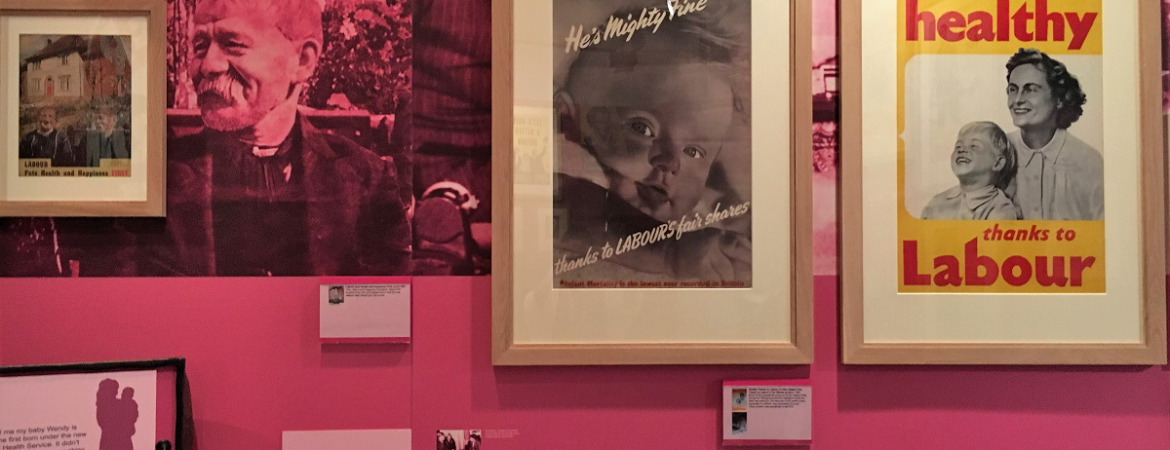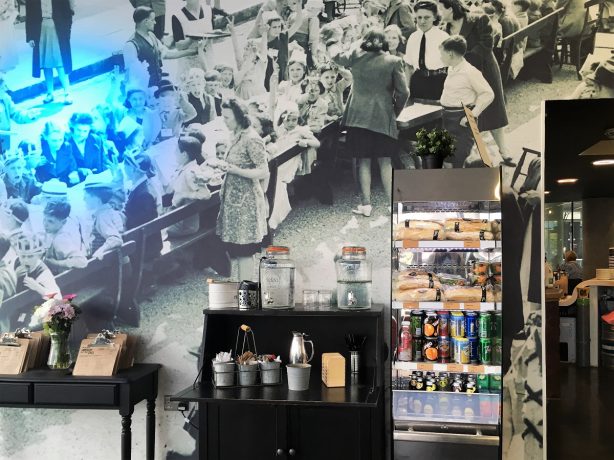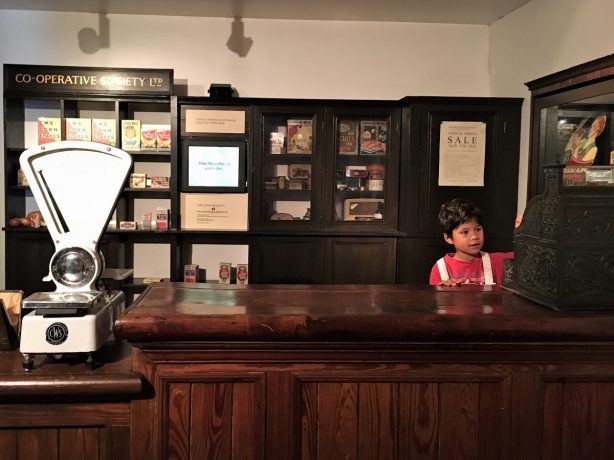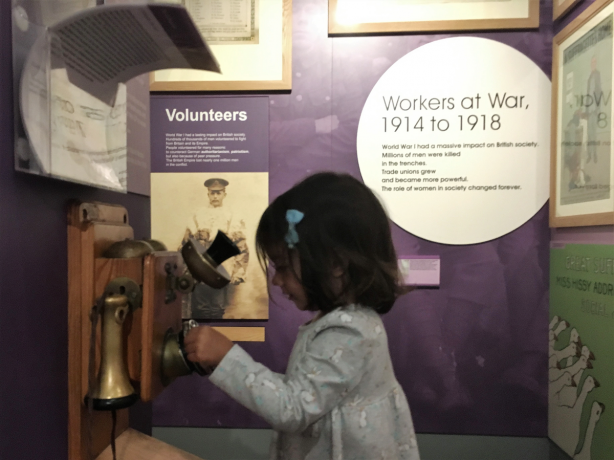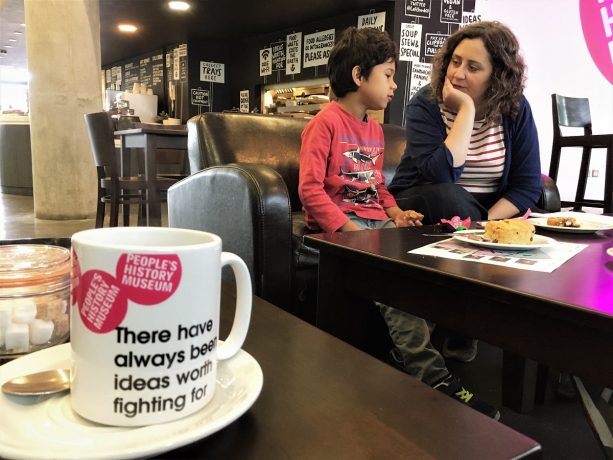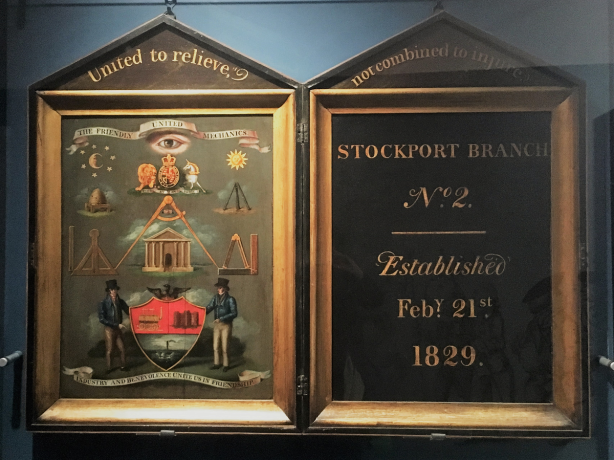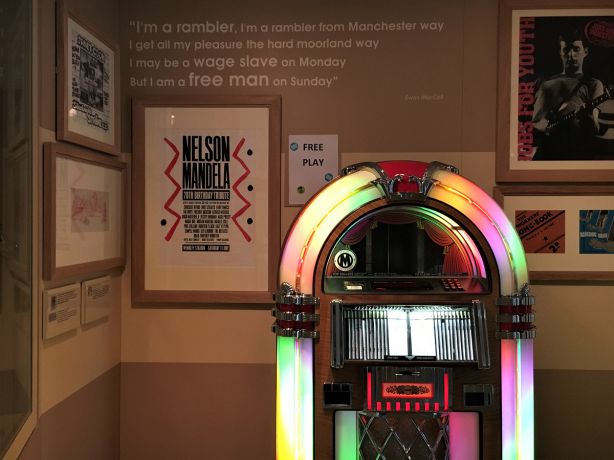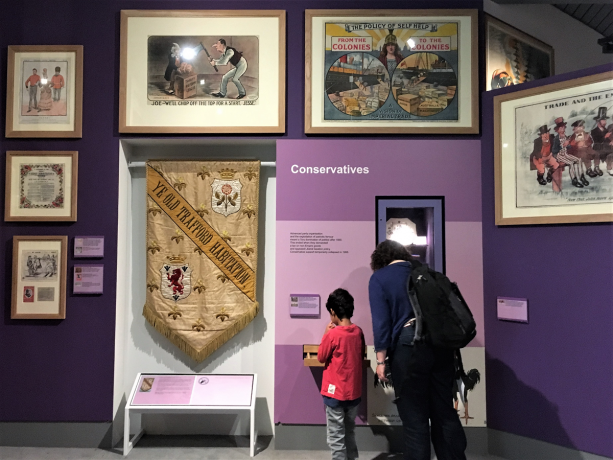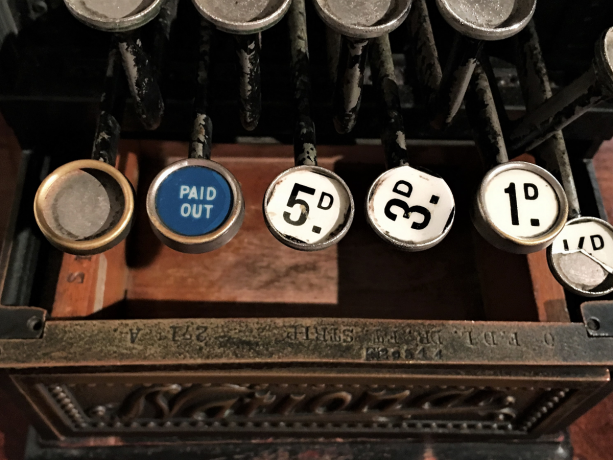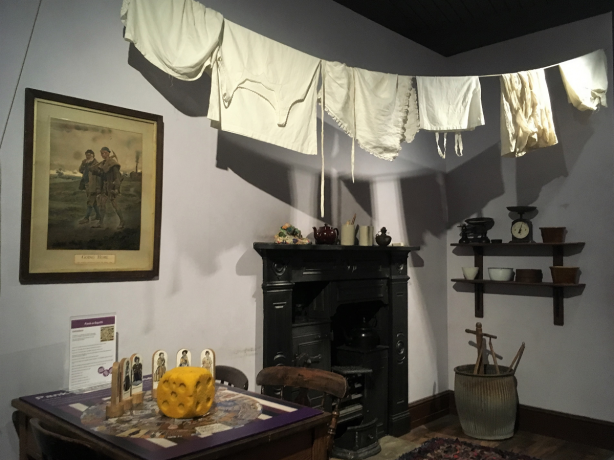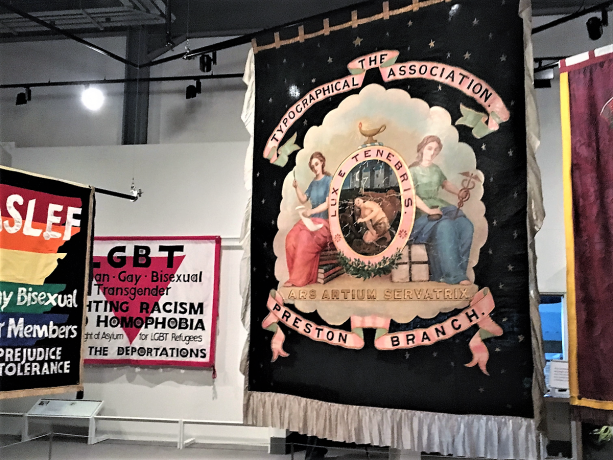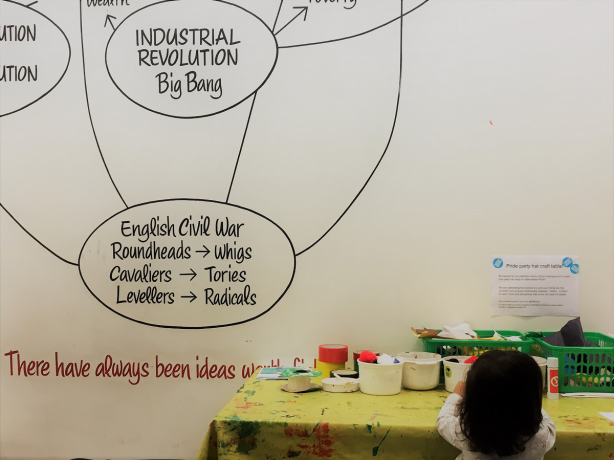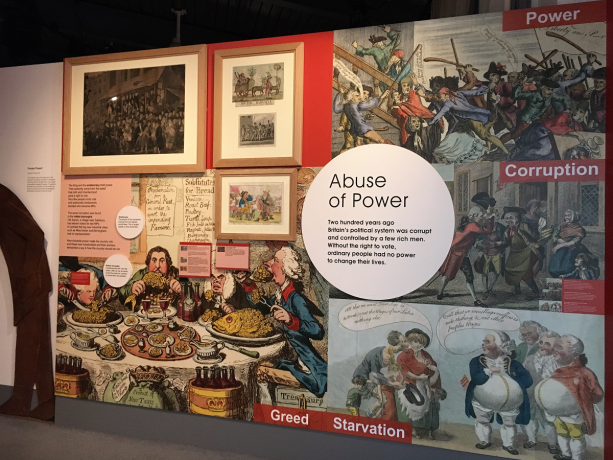With so many world-class, child-friendly venues and activities in Manchester, taking your brood to a museum charting the story of British democracy over the last two centuries might not be an obvious first choice. But, if you are looking for a place that is well-pitched for both history-hungry parents as well as curious little minds and hands, a trip to this beautifully renovated pump house, on the bank of the river Irwell, is not to be overlooked. In fact, its combination of creative curation, interactive exhibits and child-friendly facilities may well make it the perfect family outing.
Of course, it seems entirely fitting that the People’s History Museum should be housed in Manchester. After all, it was in St. Peter’s Field in the summer of 1819 that the city became the venue of a peaceful protest that would shape the future of British democracy. Manchester was booming at the time – thanks to the Industrial Revolution – but despite the large profits, conditions for the workers were abysmal. Unable to have their voice heard (only 2% of the population had the vote and Manchester didn’t even have a Member of Parliament), around 60,000 mill workers and their families gathered to lobby for the end of this crippling poverty and hunger. The army was sent in to arrest the leaders. 18 people died, and 400 were seriously injured. The event, which became known as the Peterloo Massacre, led to the first reform of Parliament in 1832, and marked the beginning of the long road to universal suffrage.


It is hardly surprising then, as you walk into Gallery One on the first floor, the museum begins with a display about the Peterloo Massacre. You are then encouraged to follow the information boards, artifacts and multimedia presentations, taking you from those early democratic ideas through to the end of World War II. And as the museum’s name would suggest, the focus not only falls on the reformers and lawmakers, but also throws particular light on the reality of family life through the generations, with beautiful, evocative details of real people’s stories. Of course, however fascinating this may all sound, tales of the Chartists, Levellers, the Tolpuddle Martyrs, and the rise and fall of political parties, may not be received with quite the same level of enthusiasm by the smaller ears among your group. And thankfully, the museum has recognized this too – as the centerpiece of this gallery is a welcoming, carpeted play-area, featuring coloring, worksheets, books and a smattering of toys. It may not be huge, but it does provide a good base from which restless little tots can move to and from, whilst parents enjoy the surrounding exhibition.


Although, it must be said that as the exhibition contains so many interactive elements – including the chance to rifle through story boxes, get kitted out in period dress, and create beautiful stained-glass windows – school-aged children might well stay at your side for the majority of the time. Certainly, my 6-year-old son, on discovering that there was a badge to be won by completing the children’s trail, was keen as mustard to explore the exhibits, search out the clues and, with the help of various family members, complete his worksheet. What he possibly found most fascinating though, was learning something about the realities of child labor – as he tried (and failed) to make boxes quickly enough to earn himself what would have been a living wage, and learnt about why you really didn’t want to be working as a match girl in the 19th century.
On the second floor, the hands-on exhibits continue in Gallery Two. This picks up the story of post-war politics in Britain, and looks at the move towards issue-based politics and protest. Again, there are lots of striking posters and colorful hand-stitched banners on display, as well as artifacts and exhibits to touch. It is also in Gallery Two that the ‘Time Off?’ section considers the relatively new concept of ‘leisure time’, with displays about how many working-class families spent this new-found freedom. With archive footage of football matches to watch, and a free 1950s jukebox to listen to – this area is bound to be a hit with the younger members of your group. However, it was being sent to work in the model Co-operative Shop that was of particular interest to my children: with aprons and flat-caps to don, an old till to operate and goods to weigh. A perfect pretend play haven to enjoy, before looping back down to the reception having completed our worksheet and ready to collect our prize.
And it must be said, that the family trail isn’t the only thing that the museum has to engage young historians. Busy Bee explorer packs are available to borrow for 3 - 6-year-olds, and the museum holds family friendly events, as well as often having craft tables out for busy hands. My little girl was particularly happy to design her own Pride March hat, as part of the temporary exhibition, ‘Never Going Underground’, which displayed the fight for the LGBT+ rights in the UK. And failing all of this, the museum’s position on the banks of the Irwell of course makes for some excellent boat and duck watching opportunities too.
And so, clearly this is a place that caters for children. But what makes this museum truly family-friendly, as opposed to just kid-friendly, are the small touches that mean parents are well provided for too. For example, the use of the Ekarv writing style for the information boards, which ensures that the main ideas are conveyed clearly and concisely – exactly what is needed when you are being rushed around by a toddler or being dragged off to see something new by your tween. Also helpful was the fact that most things were at a perfectly accessible height for little eyes and hands; excellent news if you don’t fancy a morning spent yo-yoing your child up and down so they can peek into the display panels. And of course, important things like there being lift-access to all floors and baby-changing facilities. But most of all, it was the welcoming atmosphere that made it an easy place for parents to relax and enjoy – the staff were helpful and friendly, and not once gave that disapproving stare which in a by-gone age seemed to be the default expression of museum attendants and librarians when confronted by an enthusiastic child.


And happily, this family-friendly, relaxed atmosphere continued back down on the ground floor, in the Left Bank café bar; the perfect spot for a pre-visit snack or indeed a post-visit meal. The food here ranges from cakes, sandwiches and salads, to full hot meals and a children’s menu is available as well as high-chairs and bottle warming facilities. There is also a small play area and some of the tables can be chalked upon – a great distraction for fidgety diners. However, should you prefer to picnic instead, a fun little area is available in the Engine Hall.
And so, all that is left, is to have a little browse of the shop: surely an obligatory finale to any museum visit? And happily, just like the rest of the museum, this is a treasure trove of delights. It also must be said that it is not without a sense of humor. After all, the irony of buying a suffragette apron or making a capitalist purchase of some communist memorabilia will not be lost on most visitors. But aside from the items that will raise a dry smile, there are also some beautiful children’s books, gorgeous vintage posters and prints as well as some unique banner cross-stitch kits. Not to mention, the ultimate child-pleaser – bags of retro sweets.


And so, although Manchester has many museums worth exploring with kids, the People’s History Museum certainly earns a place high upon the list. Diving into explanations about democracy, revolution and reform, especially with younger children, may at first seem daunting, but the museum helps navigate this in an engaging and hands-on way, and with plenty of fun diversions to offer, you can touch on as much or as little as you feel age-appropriate. But certainly, if you want to give your children a sense of how this city played an important part in shaping the nation’s future, and a knowledge of how hard won some of our liberties and rights have been, as well as a really fun morning out – I can’t think of any better place to go!
